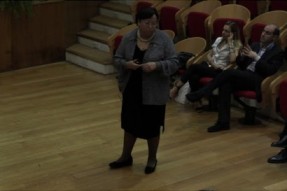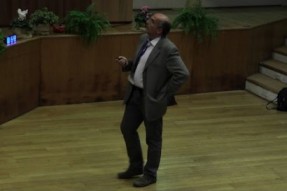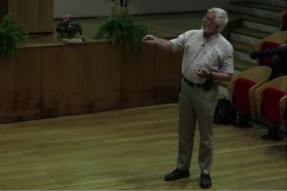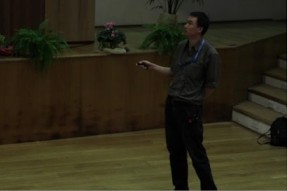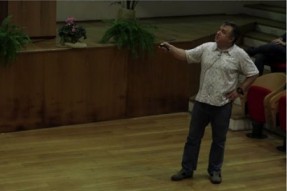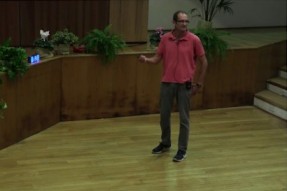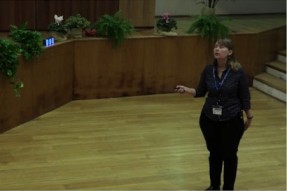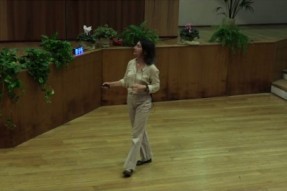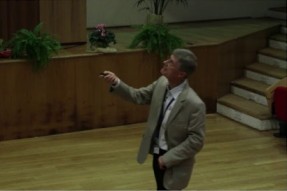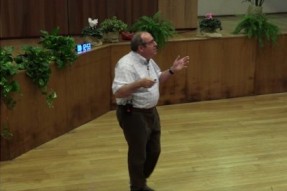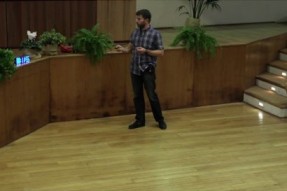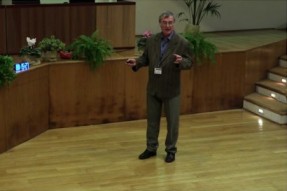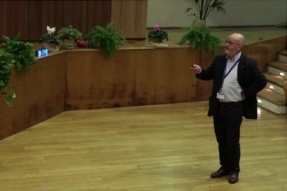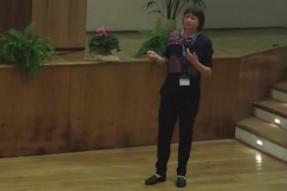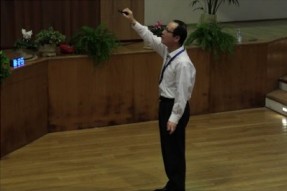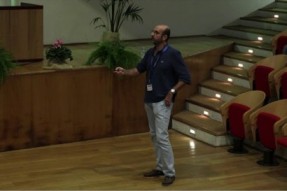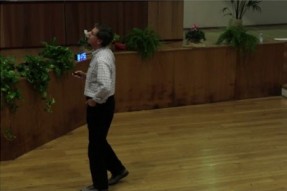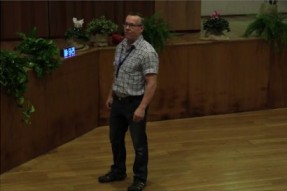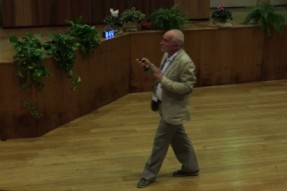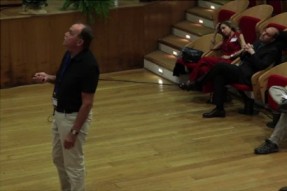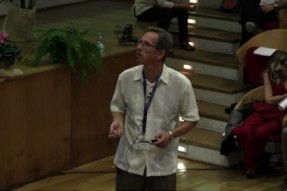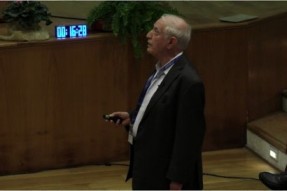Developments and applications of Micro-Pattern Gaseous Detectors (MPGD): a concise review
Marco Cortesi (Michigan State University, Usa)
A centenary after the discovery of the basic principle of gas amplification, gaseous detectors are still fundamental components at the frontier of present and planned physics experiments. Radiation detection and imaging with gas-avalanche technologies are the first choice whenever the large area coverage with low material budget is required. However, while extensively employed at the LHC, RHIC, and other advanced high energy physics (HEP) experiments and beyond, present gaseous detectors (wire-chambers, drift-tubes, resistive-plate chambers and others) have limitations which may prevent their use in future experiments.
Over the past decades, progresses in photo-lithographic technology have enabled the inventions of novel Micro-Pattern Gas Detector (MPGD) concepts: Gaseous Electron Multiplier (GEM), Micromegas and more recently other MPGD schemes, have revolutionized the cell size limits for many gas detector applications. This offers the potential to develop new radiation detectors and imaging devices with unprecedented spatial resolution, high rate capability, large sensitive area, stable high-gain operation and excellent radiation hardness. Originally developed for the HEP, MPGD applications have expanded to nuclear physics, astrophysics, neutrino physics, material science, neutron detection and medical imaging.
This talk provides an overview of the state-of-the-art of the MPGD technologies: it presents and discusses operation mechanisms, properties and main applications of the most popular MPGD designs, with a particular focus on charge-particle tracking in the fields of nuclear, neutrino, astro- and rare-event physics.
"CNNP 2017 - Conference on Neutrino and Nuclear Physics" (Catania, 15-21 October 2017)
Vedi anche
- Bellezze e sporcizia nell'Universo
- Simmetria: la ricerca di ordine in natura
- Structure of proton-rich nuclei via mirror beta decay and charge exchange reactions
- Novel approaches to the nuclear physics of double beta decay
- DAMA/LIBRA results and perspectives
- The SOX experiment at LNGS for the search of sterile neutrinos
- The HALO and HALO-1kT Supernova Detectors
- Low-energy neutrino experiment at Jinping
- Theory of neutrino masses and mixing
- Project 8: Status and Update


